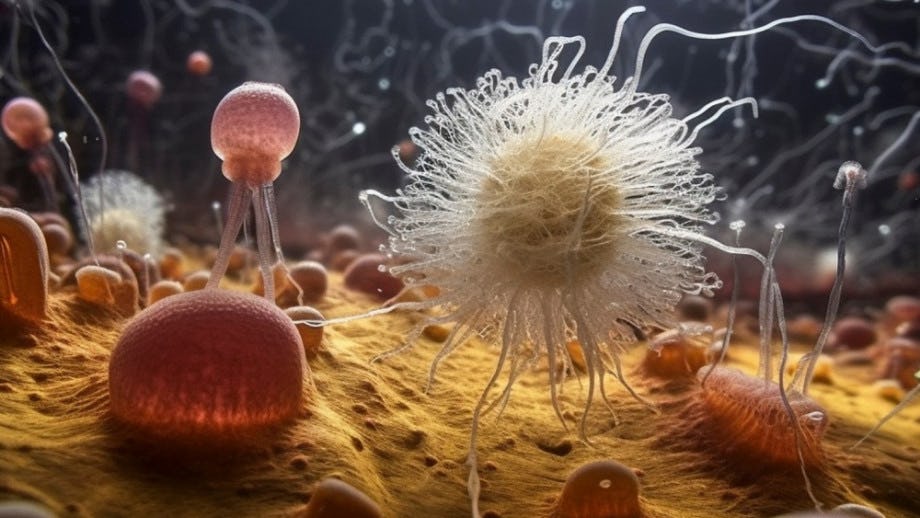
The molecular remains of a microbe called protosterol biota appeared within the Barney Creek Formation in Australia’s Northern Territory — and those traces could hold information on the origin of complex life on Earth.
A paper published June 7 in the journal Nature describes biomarkers from the ancient forebearer protosterol biota. This rock, which formed at the bottom of the ancient ocean, contains protosterol biota traces that date as far back as 1.64 billion years ago. The work points to the possibility that these ancient creatures were abundant in marine ecosystems, and had a heavy hand in shaping the planet’s history.
The biomarker discovery in the Australian rocks might be critical to the study of life on Earth, because the 1.64 billion year old protosterol biota biomarkers may constitute what remains of our earliest known ancestors.

How Life Arose on Earth
The finding pushes back the understanding of eukaryotic life — most lifeforms that aren’t bacteria or similar microbes — by a half-billion years. This has consequences for our understanding of eukaryotic life, which includes plants, fungi, algae, and animals.
With their complex cell structure, eukaryotes dominate today’s world. Scientists have hypothesized that, much like today, eukaryotic microbes would have also been abundant in the time before the Last Common Eukaryotic Ancestor — the organism that gave rise to complex life as we know it.
The molecular traces in the rocks are as close to a fossil for these microbes as scientists can get. Although they are thought to have lived on Earth for about 2 billion years, only their byproducts would signal that they existed.
A team of researchers led by the Australian National University (ANU) made the incredible findings. Jochen Brocks, lead author and an ANU geochemist, suggests that these traces were always around, but just a different form than expected. They were first predicted by Nobel laureate Konrad Bloch almost three decades ago, although Bloch concluded that not even the biomarkers would survive the passage of time.
One big question now is, when did Protosterol Biota go extinct? “Just as the dinosaurs had to go extinct so that our mammal ancestors could become large and abundant, perhaps the Protosterol Biota had to disappear a billion years earlier to make space for modern eukaryotes,” Brocks says in an announcement from ANU.







